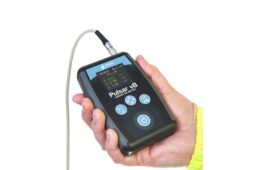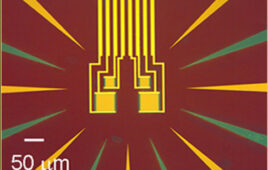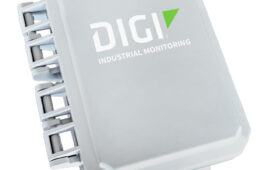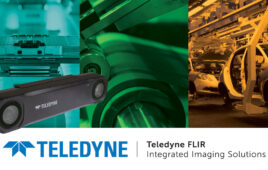At Sensor Expo 2019, Edoardo Gallizio from product marketing for MEMS & Sensors in the Americas at STMicroelectronics explains a voice recognition demo using sensor fusion that was development in conjunction with partner bdSound. The system is a reference design that uses ST’s MP23DB01HP digital microelectromechanical systems (MEMS) microphone and the LIS25BA audio accelerometer to provide a significantly improved audio experience.
With bdSound speech processing and an STM32F7 32-bit microcontroller (MCU), the demo shows a proprietary solution to enhance the speech quality signal.
In addition to the voice input from the digital microphone, the algorithms use the input from an LIS25BA audio accelerometer with a time-division multiplexing (TDM) interface, ultralow noise and high bandwidth. The three-axis digital accelerometer has a full scale of ±3.85 g. Available in a small thin plastic land grid array (LGA) package (14 lead, 2.5X2.5X0.86 mm), it operates over an extended temperature range from -40°C to +85°C.
The MP23DB01HP digital microphone has a sensitivity of -26±3 dB and a minimum signal to noise ratio (S/N) of 64.5 dB and is offered in a small 2.65 x 3.5 x 0.98-mm package.
With the MCU, the entire system is on a printed circuit board (PCB) mounted inside of a blender. With the enhancement on, the noise of a blender motor can be filtered, so Gallizio’s voice can be detected in spite of the extreme amount of noise from the motor. The demo gathers information from the sensors, processes information locally and brings the final data to the cloud.
Filed Under: Sensor Tips





The claimed performance would be very useful. But I wonder if it is able to cancel traffic and road noises as well, since they are more random than blender noise. There are certainly a very large number of applications for such noise cancelling, although I imagine that the major users will be in the cell phone area.